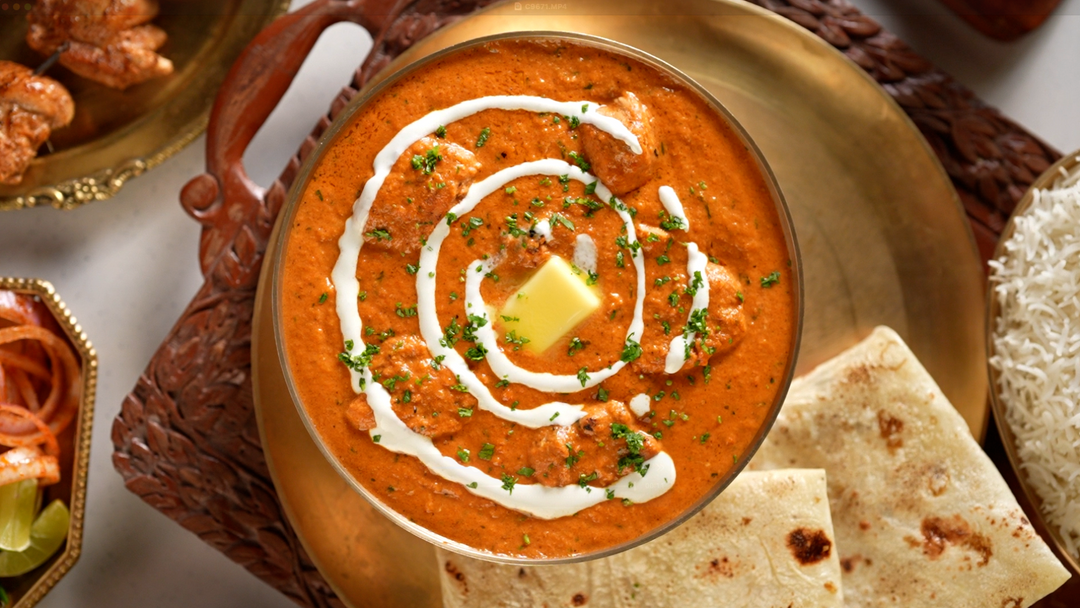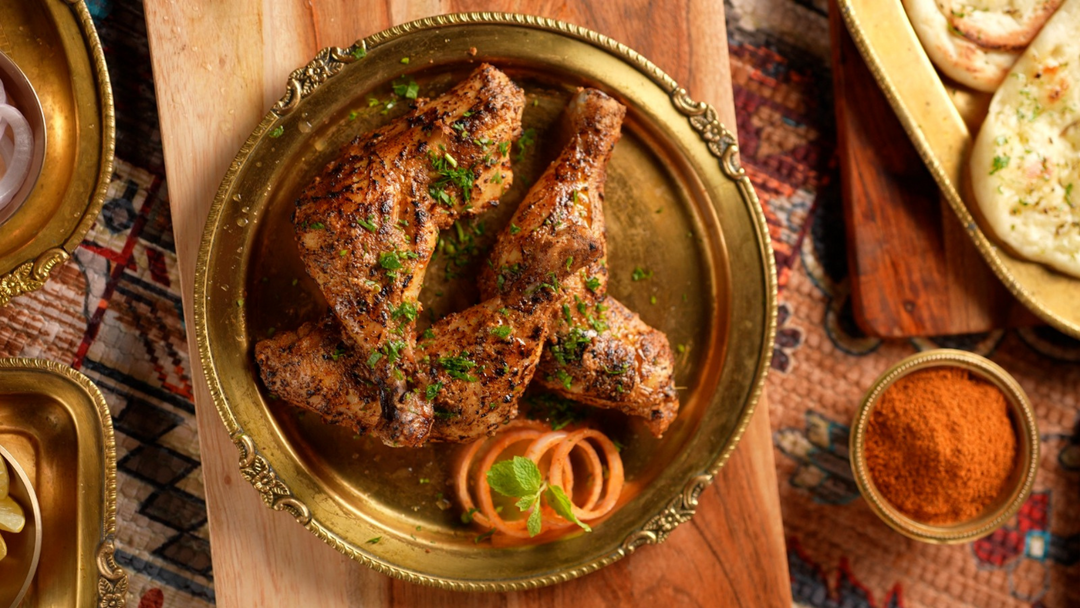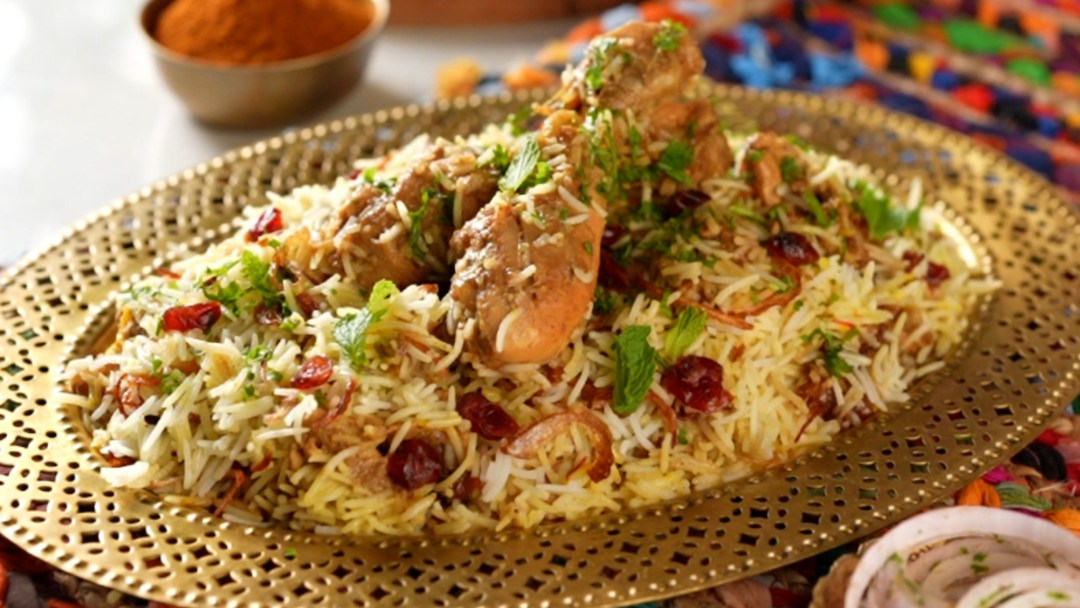How to Make The Perfect Paneer

Nothing beats traditional homestyle paneer, or panir, for its soft, fresh and delicious taste. It's essentially an Indian cottage cream-style cheese. For something that can be made with just TWO ingredients, it's a GREAT addition to any vegetarian diet. It also can change up everyday dishes for non-vegetarians, by using it as a substitute for chicken, meat or seafood. If possible try to use full cream milk from a local farmers' market or farm shop. The creamier and fresher the better!
Don't mistake its looks for tofu, the curdled soy milk made from soybeans, which we also love by the way. This is a great everyday dairy cheese for cooking. What they do share is their versatility and the ability to take on additional flavours by way of a sauce or spices.
Mrs Balbir Singh says:
"Some of the best vegetarian dishes in Indian cuisine are made by combining vegetables with paneer. The making of paneer by adding an acidic substance to milk is perhaps one of the most useful practices in the culinary arts of our ancient culture."
Homemade Paneer
Category: Indian Culinary Methods & Guides
You Will Need:
- 900ml (1½ pints) Creamy & Fresh Whole Milk
- A choice of either 2 tbsp Lemon Juice,
¼ tsp 1 cup of 1½ cups
Step 1:
In a heavy-bottomed pan. Heat the milk and stir continuously to prevent a skin forming on the top. When it comes up to the boil, remove from heat and gradually add gradually the acid component or the sour whey, the latter giving better results, particularly for when using this mixture to make desserts such as rasgullas and ras malai.
Step 2:
Stir gently until all of the milk curdles. Leave it covered for about 15 minutes. Strain through a muslin cloth and squeeze out all the whey. The curds left in the muslin bag are called chenna. There is no exact English equivalent for it, the nearest translation being Indian soft cream cheese which can be used in this state in the preparation of Indian sweets.
Step 3:
If cubes of paneer are required for making curries or for pullaos, keep it in the same cloth and shape into a square or a rectangle. Wrap it tightly and place it under a heavy weight (
Step 4:
Remove the weight and cut the paneer into the required shapes, such as cubes or small oblongs, and use as desired. The watery part (whey) that separates out after the milk curdles can be used in place of water in the preparation of gravies or in preparing the dough for making naan bread, puris and chapatis.
Storage: keep refrigerated for up to a week. It can also be frozen and will last up to 3 months. Quick Tip: If you do freeze it do so in separate tubs or freezer bags in the amount you will need for each time you cook it.
Paneer's Endless Versatility

For example, in Mrs Balbir Singh's Indian Cookery book, there is a whole chapter dedicated to Paneer, and it also makes an appearance in other sections too. Here's just a short list of some of the paneer recipes that can be made using the above homemade paneer, or even a good quality shop-bought block of it which is now available in nearly all mainstream supermarkets:-
- Paneer Pakoras (fried cheese in crispy batter anyone?)
- Shahi Paneer Masala (like our Shahi Chicken Masala)
- Paneer Kofta Curry
- Paneer Tikki (a cheesy cutlet that's the vegetarian equivalent of fried fish)
- Paneer Matar Bhujia (a paneer and pea dry curry)
- Methi Chaman (paneer, spinach and fenugreek curry)
- Matar Paneer (a pea and paneer curry)
- Palak Paneer (spinach and paneer curry)
- Paneer Do Pyaza (paneer and onion curry)
*the above recipes will turn into clickable links as we add them to our recipe section. The best way to make sure you don't miss them is to sign up for our email newsletter if you haven't already, at the footer of any page on our site.
For a super-fast treat try making paneer tikka on the grill or BBQ, using our award-winning Tandoori Rub (instructions on the base of the tin).
Did you know?
HEALTH BENEFITS:
Paneer is believed to have some largely overlooked health benefits:-
- Protein-Rich and dense. It's Punjab's power ingredient, which except for iron has almost all essential minerals from calcium to magnesium.
- Maintains Blood Sugar Levels: Paneer can help regulate blood sugar levels too. Because it's packed with magnesium it can help check the spikes in blood sugar, and also help with the body's immune system. The high protein levels also mean a slow release of sugar into the blood.
- Strengthens bones and teeth. Adequate calcium levels are also believed to contribute to healthy heart muscles and smooth nerve functioning too.
In addition to the above, it can help with heart health. It's a rich source of Folate which is a B-complex vitamin which is very essential during pregnancy. It can keep you satiated for longer and keep the hunger pangs at bay which can help with weight-loss. Paneer is also a rich source of conjugated linoleic acid which in turn helps to increase the fat-burning processes in the body.
ITS CLOSE COUSINS:
Paneer is also used in other cuisines such as Persian cookery where it shares the same name. Also, paneer and the middle-eastern Halloumi share similarities in that they are fresh, semi-firm cheeses that can be cooked without melting. Whereas Paneer is generally made with cow or buffalo milk, halloumi is traditionally made with a mixture of goat's milk and sheep's milk.
PEOPLE ARE ALWAYS FINDING INTERESTING WAYS TO USE IT:
For example, we've had people telling us that they make a paneer tikka masala (using our Shahi Chicken Masala blend) and then pour it over pasta as a nice twist on a weeknight family dinner! If it's not a regular part of your diet, try adding it to your salads, pita pockets, or gravy-based dishes. Do email us to let us know how you like to use it.
Mrs Balbir Singh
Award-winning godmother of Indian home cooking, and author of Mrs Balbir Singh's Indian Cookery, as featured in "The Best Indian Cookbooks Ever, as Judged by the Experts" - The Telegraph (UK)







